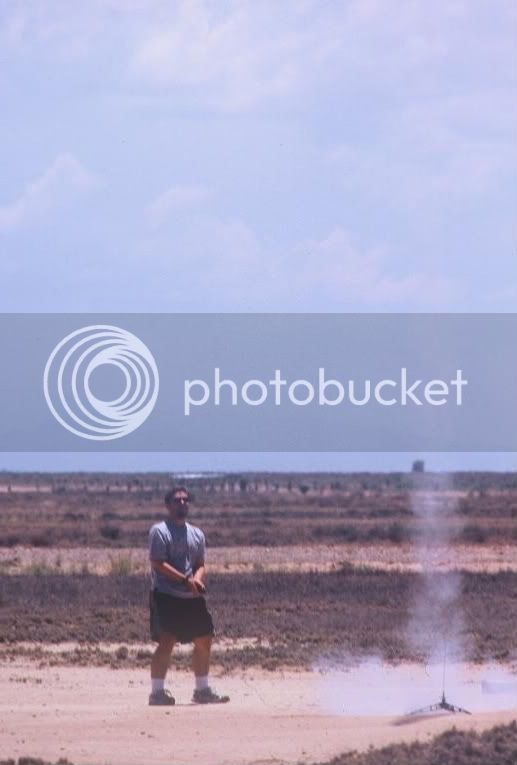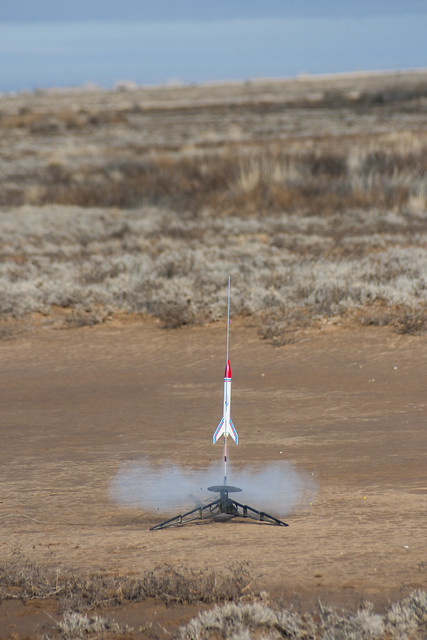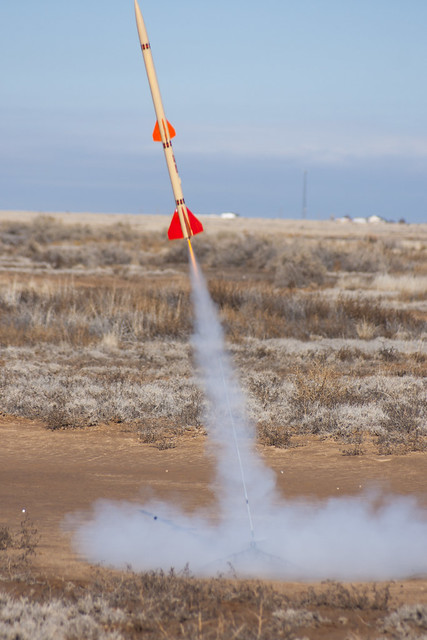Zeus-cat
Well-Known Member
- Joined
- Mar 14, 2009
- Messages
- 4,990
- Reaction score
- 1,452
I am sure you will be very happy with your camera and the Canon 70-200; Canon makes really good stuff. Ken Rockwell is very impressed with the 80D as it does 90% of what the top end Canon's do for a fraction of the price. I've had some sigma lenses in the past and I quit using them as the quality of the shots wasn't nearly as good as the shots made with Canon lenses. That said, I bought some low end lenses and it was years ago. I did a little research on the sigma lens you bought and it looks pretty good. Sigma has been improving their lenses over the years trying to play with the big boys. Stay away from their really cheap lenses; actually, stay away from everyone's really cheap lenses.
Have fun and post photos!
Have fun and post photos!







